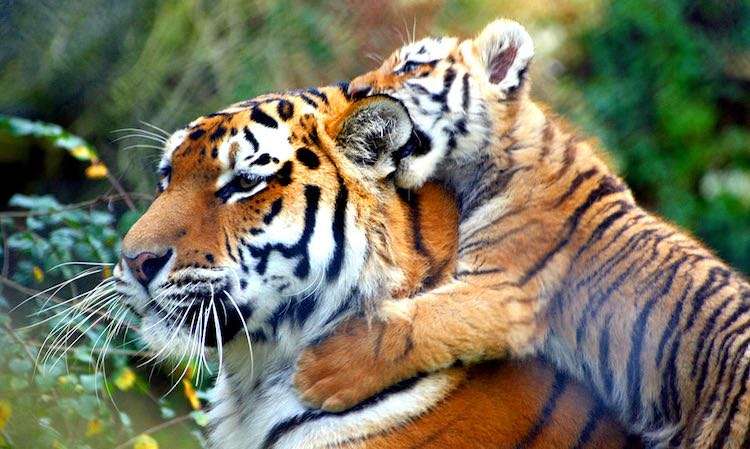Miners Find Giant Pink Diamond in Angola - The Largest in 300 Years
Miners in Angola have uncovered a giant pink diamond weighing 170-carats, which is the largest rose colored stone to be found in 300 years.

July 29 was Global Tiger Day—and Nepal had some roaring-good news, reporting that their wild tiger population is 40 percent higher compared to data from just 2015.
In fact, Nepal has nearly tripled the number of tigers in the wild, according to results of the National Tiger and Prey Survey released last week.
The historic 190 percent increase since 2009 is a result of the protection of key tiger habitats and corridors, partnership with local communities, and cracking down on poaching and illegal wildlife trade.
Prime Minister Sher Bahadur Deuba announced the historic increase in his nation's tiger population, which has been recorded at 355 individuals during this ‘Year of the Tiger,' which is the Chinese lunar symbol for 2022.
An extensive effort covering 18,928 sq. km—over 12 percent of the country—and 16,811 days of field staff time was invested to complete the survey. The results bring both great hope and reassurance about tigers' long-term future in Nepal.
The target to double wild tigers worldwide, also known as Tx2, was set by governments in 2010 at the St. Petersburg International summit on tiger conservation.
WWF-Nepal was an implementing partner in the survey which was led by the Department of National Park and Wildlife Conservation.
"This conservation win is a result of political will and concerted efforts of local communities, youth, enforcement agencies, and conservation partners… the result of sustained effort over many years," said Ghana Gurung, Country Director of WWF- Nepal.
"Nepal's new tiger population estimate shows that it is possible to a save species from the brink of extinction and gives us a real reason to celebrate this Global Tiger Day," said Ginette Hemley, Senior Vice President for Wildlife Conservation for WWF in the US.
Send This Roaringly Positive Trend to Cats in Your Pack on Social Media..
Be the first to comment